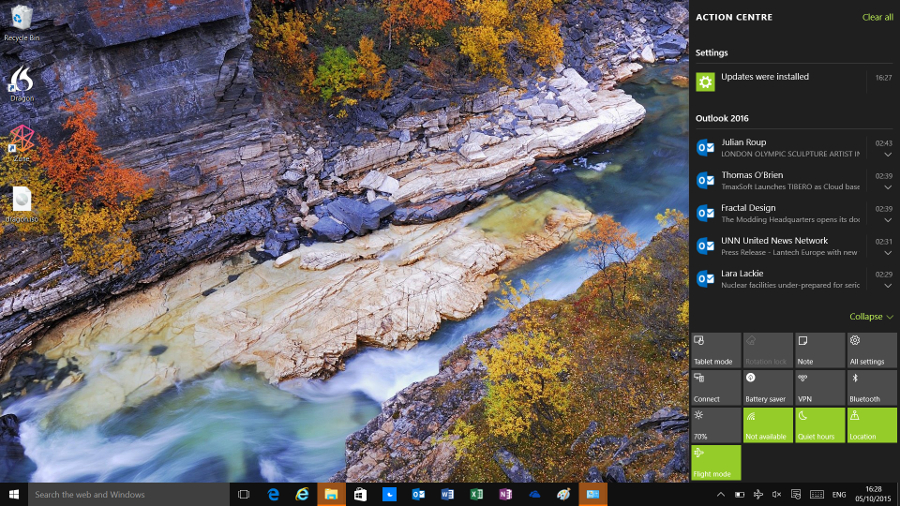Microsoft's stealthy tracking process is still watching Windows 10 users
Can Windows 10 be trusted with your privacy?

If Microsoft wants to carve out a more positive reputation for itself in terms of privacy, the company is going to have to work hard to overcome some of its recent missteps – the latest of which is the sneaky renaming of a data hoovering and tracking service built into Windows 10.
Earlier this year Redmond fired up a new tracking service (by the name of DiagTrack) that ran in the background on Windows 10 beta versions, later introducing it to Windows 8.1 (and the full release of Windows 10, when it emerged).
DiagTrack collected information on the user, devices and applications, and relayed that data – including data on browsing, search and file history, and indeed actual typed characters (apparently to be used improving features such as auto-complete; Redmond says all this data is simply used to better the OS) – back to Microsoft.
It was pushed live as an optional update, but made difficult to spot if installed, as the only way a user could find it running was literally to comb through masses of processes in the Task Manager. As a result, it caused something of an outcry.
Now, this background service seemingly disappeared from Windows 10 with the recent major update – but the truth of the matter, it turns out, is that Microsoft simply renamed the process in a sneaky move which is unlikely to promote trust within the operating system's user base.
Less threatening moniker
As TweakHound spotted, it's now called 'Connected User Experiences and Telemetry Service' – a less scary name which doesn't involve the use of the word 'track'– but it makes exactly the same intrusive moves when it comes to ferreting around in user data.
This comes following the revelation that the November update to Windows 10 messed with user privacy settings, resetting certain options to their default values – which meant apps were allowed to run in the background and make use of the user's advertising ID.
Sign up to the TechRadar Pro newsletter to get all the top news, opinion, features and guidance your business needs to succeed!
Microsoft said a bug caused this issue, and that the company is working to revert the settings back to the user's previous choices in the "coming days" (in case they hadn't noticed the changes). The flaw has also been removed from the update, so those upgrading now won't be affected by it.
At any rate, Redmond needs to get its act together and make some reparations on the privacy front, as all this will hardly be persuading Windows 7 stalwarts that they need to make the leap to the new OS.
Via: The Register
Darren is a freelancer writing news and features for TechRadar (and occasionally T3) across a broad range of computing topics including CPUs, GPUs, various other hardware, VPNs, antivirus and more. He has written about tech for the best part of three decades, and writes books in his spare time (his debut novel - 'I Know What You Did Last Supper' - was published by Hachette UK in 2013).